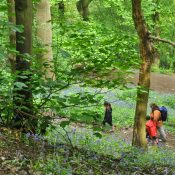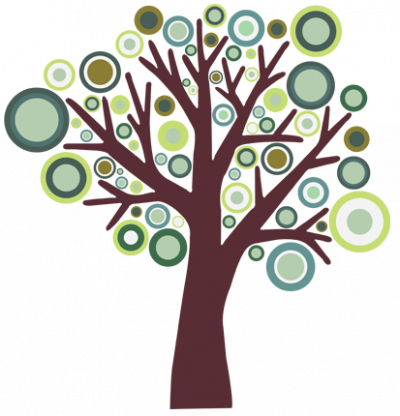
Holistic Development & Forest School
Holistic development is the concept that sees each and every child as a whole person – physically, intellectually, emotionally, socially, culturally, morally and spiritually. The stages of development in each of these areas is well understood such that we can assess where a particular child is compared to the general norm, for say Western Europe.
Physical Development – Children develop physically from the top down – so first gaining awareness and increasing control of the head, then arms down to legs and feet. Gross Motor Skills – the movement and control of large muscle groups for walking, running, jumping and climbing and Fine Motor Skills – involving fine and precise movement of the hands and fingers for drawing, writing, using a knife or tying knots. The physical nature also includes sensory development, the information received into the brain from the senses of sight, hearing, smell, taste, touch, proprioception (the sense of awareness of where the mobile parts of the body, such as arms and legs, are in relation to the rest of the body) and balance.
Intellectual Development – is the development of the part of the brain used for recognising, understanding and reasoning (cognitive) and making sense of what is seen, touched, heard etc. (perception). Language development is to do with the skills of communication – how children understand (receptive speech) and how children express themselves (expressive speech).
Emotional and Social Development – is to do with how children feel about themselves and others and develops a growing understanding about how and why they feel a particular way and how to interact usefully with others.
Moral and Spiritual Development – is the understanding and cherishing of values and ethics such as honesty, integrity and fair play, and the consequences they bring, leading to developments of responsibility and empathy. Allowing the true authentic self to flourish and its connection to all that is around us.
By way of examples, the table shown below details some of the Forest School activities that benefit the development of the whole child.
DEVELOPMENT AREA
FOREST SCHOOL ACTIVITIES
DEVELOPMENT AREA AND ACTIVITIES
Physical
Intellectual
Emotional
Calmness through not being time restrained, perseverance on finishing a task and the resilience developed through having another go at something, the satisfaction gained through achievement of what they set out to do.
Social
Moral & Spiritual
Development of rules for games that the children work out for themselves and that are fair and just. Respect of the woodland environment, its care and protection.
Child-Led and Inspired Learning
By fostering a child centered and child led learning environment, free from the normal constraints of specific outcomes and objectives, we enable children to develop and follow their instincts and naturally play, collaborate and cooperate with their colleagues in a huge variety of ways. It is not necessarily the end result of the activity but more importantly the process.
Some typical Sussex Forest School activities are:
Den building with natural materials or tarps & ropes, fire building, lighting, natural food preparation, craft activities using natural resources, bug hunting and investigation, animal identification and tracking, simple tool use to create green wood products, sensory activities to heighten woodland awareness, tree climbing, log balancing, mud and wet play activities, cloud and canopy gazing.

